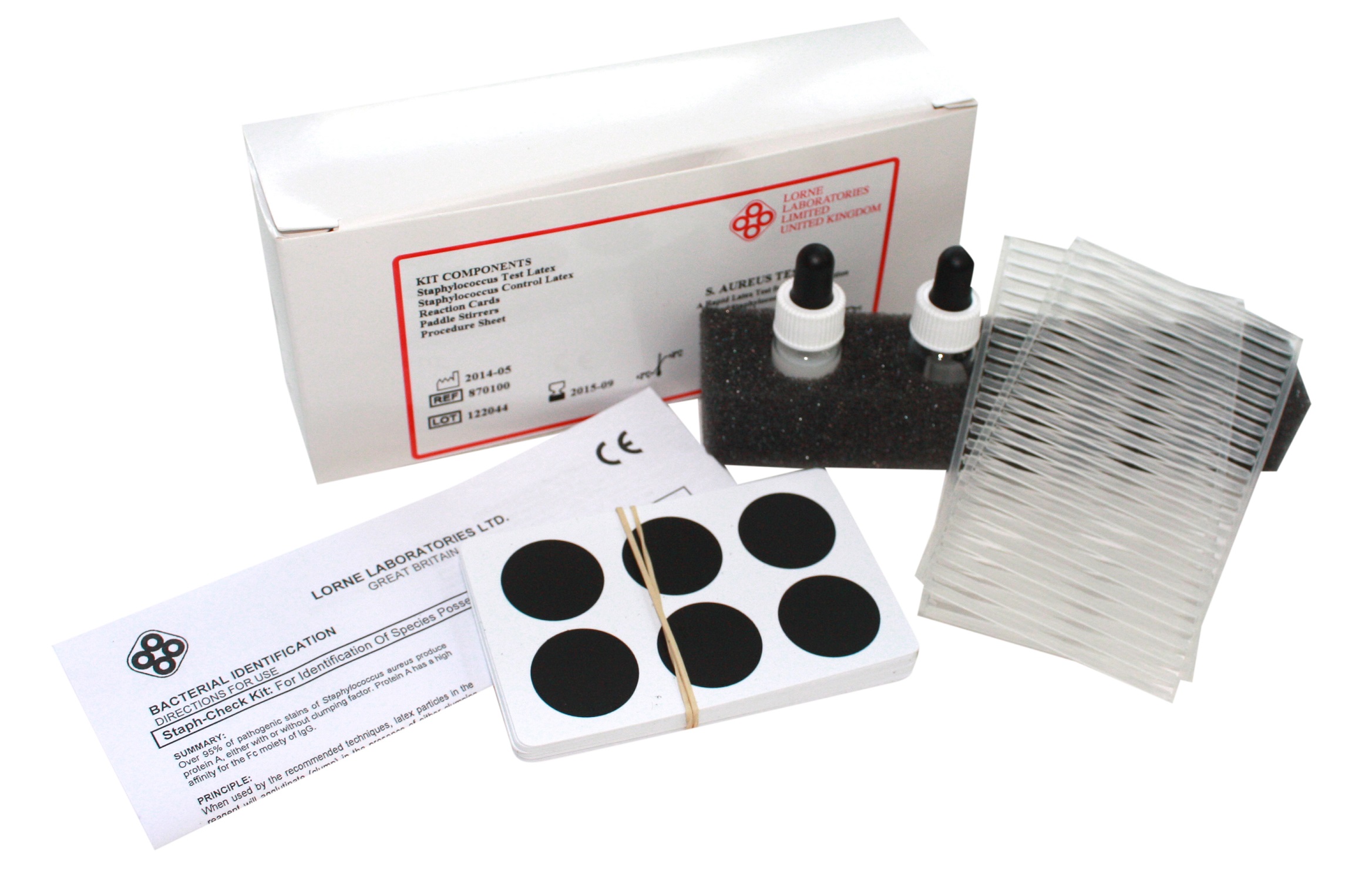Everything You Should Know About Latex Agglutination Tests
22 November 2018
Agglutination is the process that occurs when an antigen is mixed with its corresponding antibody called agglutinin and is commonly used in blood grouping.
Latex agglutination testing, also called latex fixation, is a diagnostic study that is widely used as a laboratory method to identify certain antibodies and antigens. The test uses a variety of body fluids including blood, urine, saliva and cerebrospinal fluid, which are dependable on what type of sample is needed.
What is the Latex Agglutination Test?
Latex agglutination tests can be taken by collecting a sample containing the specific antigen, or antibody, which is later mixed with an antibody, or antigen, which is coated on latex beads in serial dilutions with normal saline. If the suspected substance is present, the latex beads will clump together. This clumping is called agglutination.
The test was officially introduced to the clinical laboratories in 1965 by Singer and Plotz and was described as Rheumatoid Factor Test. The test is currently being used for diagnosing several diseases like N. meningitidis, H.influenzae, or Hepatitis B.

The purpose of Latex Fixation Test
Among various diseases, a latex fixation test can be used for the serologic diagnosis of rheumatoid arthritis – a long-term autoimmune disorder that affects joints by causing pain, swelling and stiffness.
The test can be also used for rapid detection of bacterial antigens in body fluids to recognise and treat diseases such as pneumococcal infection, Haemophilus influenza type b (which is recognised as a factor in number serious diseases such as blood poisoning, infection of the lungs or infection of the lining surrounding the heart), or the presence of K1 antigens.
Performing Latex Fixation Tests
To ensure the most accurate results, the purchasing of high-quality equipment is required. At Lorne Labs, we distribute a range of CE Marked latex side-agglutination kits for the detection of ASO, Rheumatoid Factor, C-Reactive Proteins and IM.
One of them is Lorne Lab’s Strep-Check Kit, which can be used for identification of Streptococci, Lancefield’s groups A, B, C, D, F and G.
Streptococci carry group-specific carbohydrate antigens in their cell walls and after extraction, using a specially developed enzyme preparation, these antigens will agglutinate latex particles coated with the corresponding antibody. In the Strep-Check kit, the different reagents are coated with the specific antibody and will agglutinate in the presence of the enzymatically-extracted antigen. All the reagents are supplied at optimal dilution for use with all recommended techniques without the need for further dilution or addition.
Another common Latex Agglutination Test is for Staphylococcus aureus, also known as MRSA, which can cause a range of infections in skin, soft tissue, blood and the lungs whch may result in pneumonia, overwhelming sepsis or death, so routine checking with a staph test kit should be undertaken frequently. Over 95% of pathogenic stains of Staphylococcus aureus produce protein A, either with or without clumping factor. By placing a drop of test reagent on the staph test agglutination slide and emulsifying 2-4 colonies of the suspect organism in the agent, the slide can then be examined for signs of agglutination after a minute.
For further information on Lorne’s Latex Agglutination tests or to place an order from within the UK, e-mail our team of experts HQ. If you're outside the UK, find and contact your nearest distributor by visiting our distributors page.
< Back to blog list
Share




